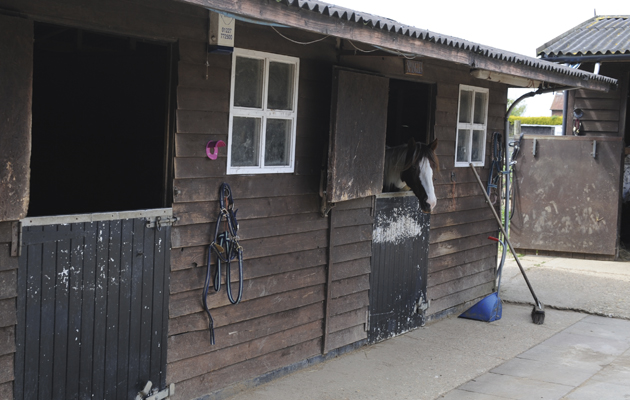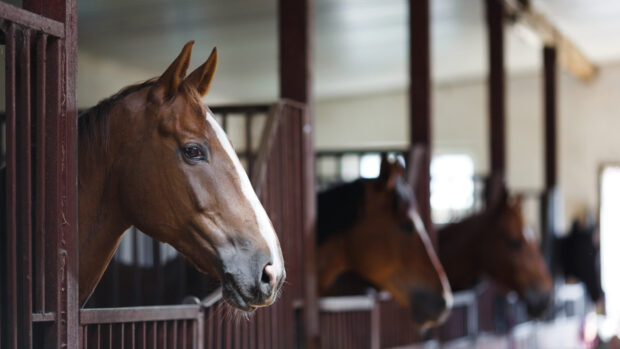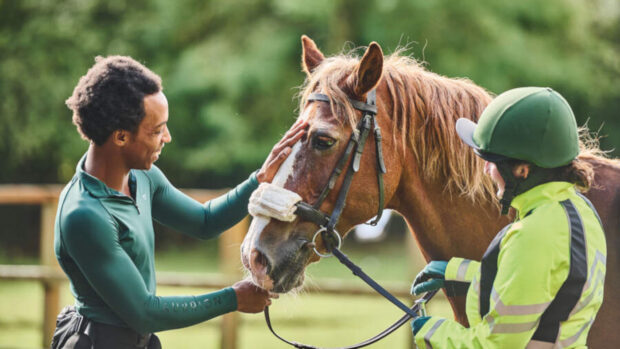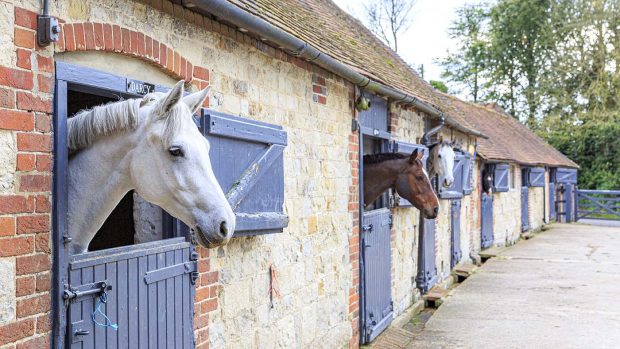The Countryside Alliance is the latest body to call for the government to go “back to the drawing board” on forthcoming changes to business rates.
H&H has reported the huge cost hikes many equestrian ventures will face in April, when the new rates come into force (news, 8 December and 12 January).
The British Horse Society (BHS) has taken the lead on campaigning for fair rates for equestrian businesses on behalf of the British Equestrian Federation’s member bodies.
It has written to every MP in England and Wales and has also sent its member livery yards and riding schools a “tool kit” with information on how they can challenge their rates.
The Country Land and Business Association (CLA) also recently spoke to H&H about the issue and stressed the need to raise awareness of how rates cut across rural businesses.
The news of the impact it will have on the equestrian world was picked up by the national papers this week, with the Times highlighting the issue on its front page (Monday, 23 January).
Tomorrow's front page: Punitive business rates threaten rural way of life #tomorrowspaperstoday https://t.co/KCV1hvfp3E pic.twitter.com/vO76p7jArI
— The Times of London (@thetimes) January 22, 2017
What are business rates and who do they affect?
Business rates are a tax that companies in the UK must pay on their premises.
The Valuation Office Agency (VOA) has recalculated these for the first time in seven years, with the new charges coming into force in April 2017.
It was revealed in the 2016 budget that small business rate relief — the threshold below which companies would not have to pay this tax — would be doubled from £6,000 to £12,000 from April 2017.
However, the dramatic change in valuations for some companies means this will not help.
The Countryside Alliance’s head of policy, Sarah Lee, said it is important the positive changes such as the changed to small business rate relief, are not undermined by the “flawed valuations”.
“Under the VOA’s revaluation many rural businesses who thought they would be receiving a rate relief now face dramatic increases in their tax bills,” she said.
“Unfortunately it would appear that many of these rates decisions have been drawn up behind a desk and are blind to the realities and needs of rural businesses.
“Far from being disadvantaged by the VOA’s revaluation, rural businesses require further support.
“We strongly advise the VOA and government ministers to go back to the drawing board and reconsider what is being proposed.”
Why is the change going to be so serious for equestrian businesses?
Business rates are calculated on a “bricks and mortar” basis, taking into account premises’ size and use.
As equestrian businesses, such as livery yards, competition centres and riding schools, need more space than an office, for example, they are being hit particularly hard.
The BHS has said some riding schools and livery yards are being hit with increases of 180% and a huge 365% in the southeast.
Nigel Taylor, of Washbrook Farm at Aston-le-Walls, told H&H recently that his rates have been estimated to increase from £12,500 to around £60,000 — which he is appealing.
“You cannot stick entry fees up any further and livery is at its limit,” he said.
“There is no incentive to improve the facilities and invest in business when [the government] does that to you.”
Article continues below…
Related articles:
- Equestrian homes and businesses under threat of tax hikes
- 6 things livery yard owners really, really hate
- Trying to save money on your horse bills? Take a look at these tips
Meanwhile Simon Bates, of Keysoe, said his rates look set to go up by £10,000 a year — and pointed out the way the rates are calculated unfairly penalises businesses for offering facilities such as larger stables.
Rio Olympic dressage team silver medallist Fiona Bigwood is among those to call for the industry to have a fair deal.
“As a sport we are trying to get all different sorts of people involved in it and when the overhead tax is so high, it is wrong,” she said.
“You see so many yards and riding schools closing down because they cannot afford it; the price of lessons go up and the parents cannot afford it.”
What has the Valuation Office Agency said?
A VOA spokesman told H&H rateable values are based on an open market rental value on a fixed date, which was 1 April 2015.
“If those open market values have changed, then rateable values will change with them,” he said.
“Demand for high quality equestrian centres has increased since the last revaluation, and more comprehensive, robust rental evidence has ensured that our valuations in this sector are accurate.
“However, if a ratepayer believes the details we hold are incorrect then they can contact us with suggested amends. From 1 April they will have the option of formally challenging the valuation.”
She added that ratepayers whose business rates have increased by a large amount may be eligible for some rate relief.
Useful links:
How to check and appeal your business rates





